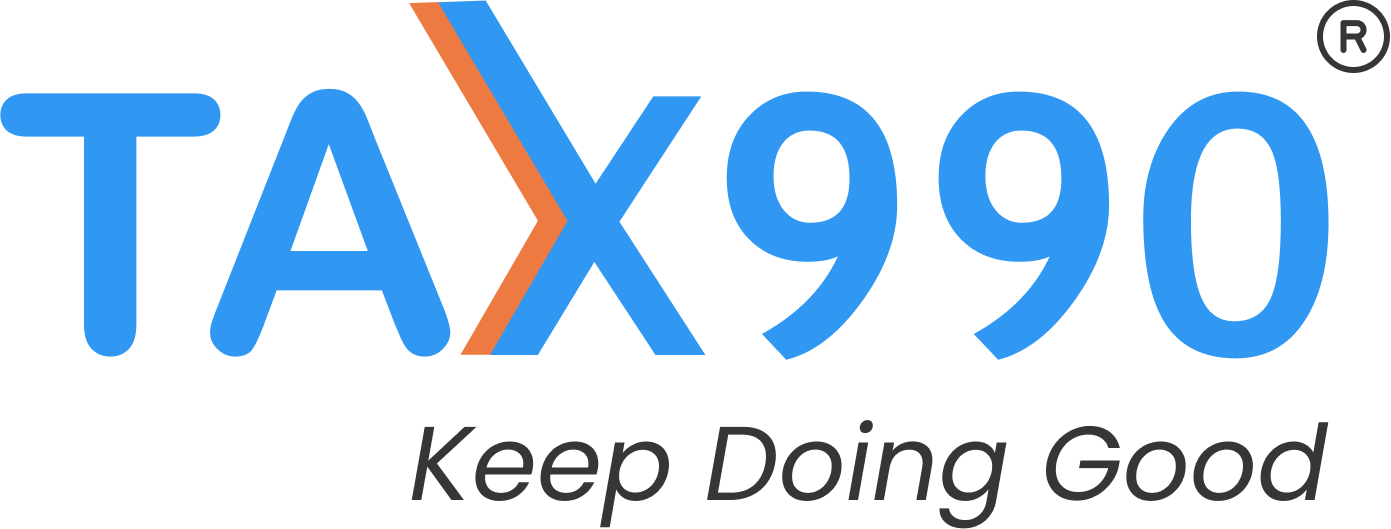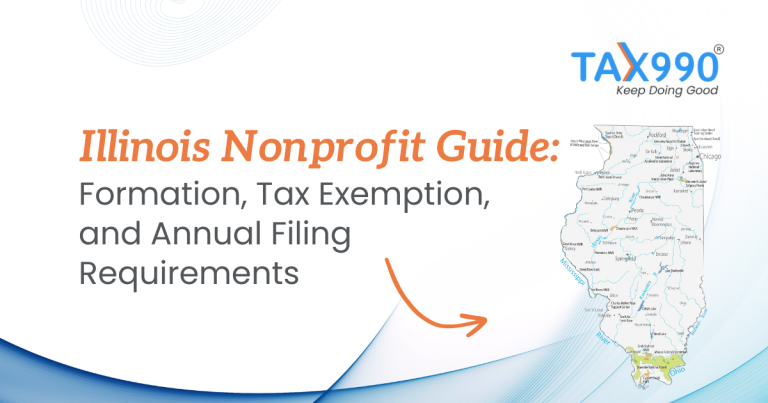How to Protect Your Nonprofit Against Fraud and Cyber Risk
Estimated reading time: 13 minute(s)

Nonprofits operate on trust. Donors trust that their contributions are used ethically. Boards trust that operations follow best practices. Communities trust that services are delivered responsibly. But when fraud or cyberattacks strike, that trust—and your mission—can be shaken.
Unlike large corporations, nonprofits often work with limited staff, lean budgets, and volunteer-heavy teams. These very qualities can make them more vulnerable to financial fraud and digital threats. But with the right steps in place, your organization can protect its resources, reputation, and impact.
Strengthen financial controls that fit your structure
Internal fraud in nonprofits often stems from a lack of checks and balances. When financial duties aren’t clearly divided, such as when the same person handles donations, writes checks, and reconciles accounts, opportunities for errors or misuse increase.
Start by assigning financial responsibilities across multiple roles. If your organization is small, consider rotating duties or involving board members in approval processes. Require dual authorization for large payments or grant disbursements. Regular bank reconciliations—even if done monthly—can reveal unauthorized transactions early.
Access controls are equally important. Who can log in to your accounting software? Who can edit donor records? Set clear boundaries, and review them often. Even in organizations built on trust, transparency is protection.
Surprise checks, even informal ones, can help reinforce accountability.
Make oversight a shared responsibility
Encourage your board or finance committee to ask questions, request reports, and participate in periodic reviews.
A great practice? Schedule a mid-year audit or review, even if you have already completed a year-end one. If you rely on outside preparers, stay involved in the process, and always ensure reports align with your internal records.
Empowering whistleblowers—staff, volunteers, or even vendors—to speak up without fear of retaliation also adds an important layer of protection. Sometimes, it’s the smallest observation that catches a major issue.
Understand your cyber risks
While fraud can happen internally, cyber threats come from outside. Nonprofits collect sensitive data every day: donor payment info, employee SSNs, beneficiary details, and more. That makes your systems a target.
Phishing emails, ransomware attacks, and compromised vendor systems are increasingly common. Many nonprofits also rely on third-party platforms for fundraising or communication, adding more entry points for attackers.
To reduce risk, focus on a few core areas:
- Enforce strong password policies and enable two-factor authentication
- Keep systems and apps up to date
- Train staff and volunteers on cybersecurity basics
- Encrypt sensitive information
- Establish an incident response plan before you need it
What to do when fraud or cyber risk happens
Whether it’s unauthorized financial activity or a suspected data breach, fast action is key.
- Restrict access to affected systems or funds immediately.
- Document what you know—what was accessed, when, and by whom.
- Notify your board and key stakeholders.
- Engage legal or cybersecurity professionals if needed.
- Report the incident to the relevant authorities, banks, or platforms.
- Communicate clearly with impacted parties.
- Review what went wrong and update your internal controls accordingly.
How Tax990 supports fraud prevention and secure filing
When it comes to filing IRS Form 990, Tax990 offers more than just compliance—we help nonprofits maintain secure, auditable, and well-managed filing processes.
Here’s how:
- SOC 2 Certified – Our software meets rigorous standards for data security and privacy, including system availability, processing integrity, and confidentiality.
- Two-factor authentication – Adds an additional layer of security for account access, helping prevent unauthorized use.
- Role-based team management – You can control what each team member can view or edit within your account. This limits unnecessary access and reduces risk.
- Secure collaboration – Preparers can share completed returns with board members or organization leaders for review and obtain e-signatures on 8453-TE, all within a secure environment.
- Activity Logs – Every action—edits, approvals, transmissions—is recorded and timestamped for transparency and accountability.
The bottom line
Fraud and cyber threats aren’t always avoidable, but how your nonprofit prepares makes all the difference. With thoughtful controls, informed oversight, and secure tools in place, you can protect your organization, meet your compliance requirements, and continue serving your mission with confidence.




Leave a Comment